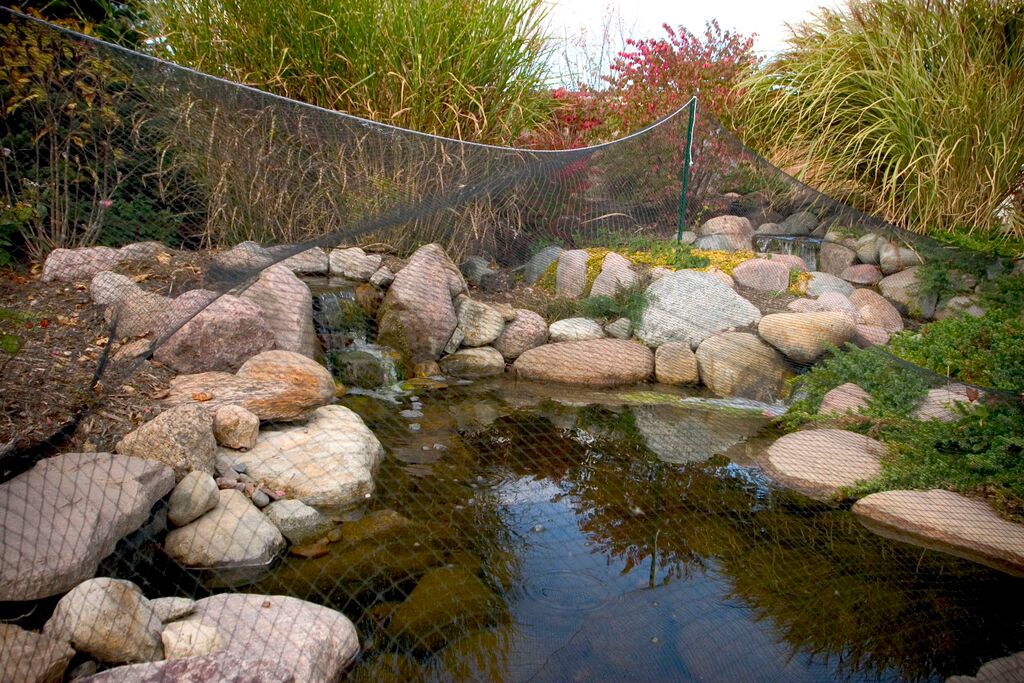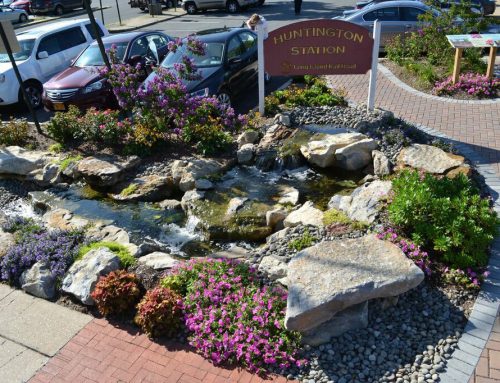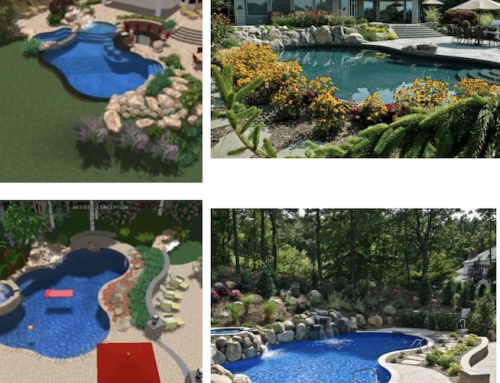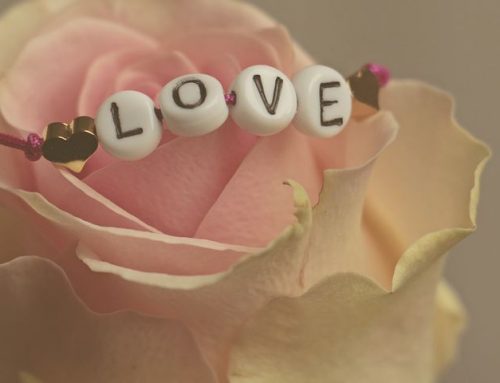Plants and Falling Leaves
“If you want to greatly diminish spring pond maintenance,” says Bill Renter, Deck and Patio’s Outdoor Living Expert, “now is the time to take a few steps to prevent too much debris from accumulating before winter sets in.”
To get some tips on how to protect our ponds, pond expert Dave Kelly at Aquascapes Inc. (St. Charles, IL) offers this advice:
“The best idea is to put up pond netting before the leaves fall,” he says. “But if you didn’t do that in time, you can use a long-handle pond net to scoop down to the bottom and pull out leaves and other debris.”
Ideally, put your net in place before leaves begin falling. Then, simply pull it out when they’ve all dropped. You can tent the net so it doesn’t sag into the pond when it gets weighted with leaves, say experts at Aquascape Inc.
Pond netting is only needed for a short time and will save you countless hours come spring. Ideally, put your net in place before leaves begin falling. Then, simply pull it out when they’ve all dropped. You can tent the net so it doesn’t sag into the pond when it gets weighted with leaves, say experts at Aquascape Inc.
Kelly also suggests trimming back and removing dead foliage from aquatic plants to help remove excessive organic material that would otherwise decompose in the water feature.
Since some debris will make it into your pond no matter how hard you work, Aquascape recommends adding a cold water bacteria treatment, which has concentrated strains of beneficial bacteria that works well below 50 degrees (F). Dave Kelly recommends adding it routinely to help maintain water clarity and quality.
Caring for Pond Fish in Fall
You can — and should — plump up your darlings to survive winter hibernation, by gradually increasing how much you feed the as temperatures start to drop. When pond water gets below 59 degrees, use fish food made for cold water. As the temperature continues to drop, gradually reduce the amount you feed them.
Once temperatures go below 55 degrees, says Dave Kelly, the metabolisms of pond fish slow way down. And when pond water gets down to 50 degrees, do not feed the fish any more. Their systems shut down in the colder water, and food sits inside them and rots. They get very sick and diseased from this.













Leave A Comment
You must be logged in to post a comment.